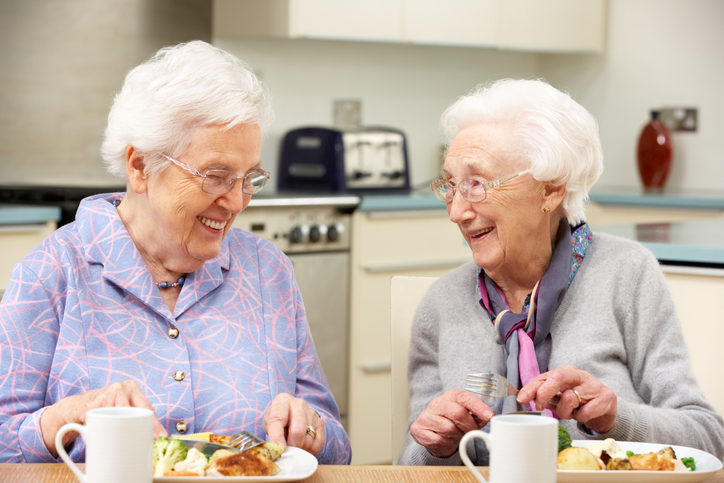
Malnutrition among the elderly at home requires awareness of the problem among the elderly themselves. An article in Clinical Nutrition describes the development of a Dutch questionnaire, the Malnutrition Awareness Scale (MAS). This list measures whether older people realize the risk they run.
Need
It is necessary that older people are aware of the risk of malnutrition. Malnutrition in the elderly often develops at home and as a result, many elderly people admitted to hospitals or nursing homes often arrive already malnourished. In Europe, approximately 8.5 percent of elderly people living at home are malnourished. Until now, there was no good instrument to objectively and quantitatively measure awareness of the risk of malnutrition among elderly people living at home.
Pre-motivation phase
The MAS was developed on the basis of the so-called I-Change model, which is based on a pre-motivation phase (or awareness phase) that precedes the motivation phase that is necessary for action and behavioral change to take place. Knowledge plays a role in that pre-motivation phase, together with perceiving signals, risk perception and awareness of the risks.
List of 22 questions
The list of questions contains 22 items. This could include answering statements such as “It is healthy to unintentionally lose weight if you are overweight” or “It is fine to skip a hot meal more than twice a week” with a correct or incorrect answer. The list also contains questions about your own situation, such as: “Would you notice if you did not eat enough for 1 or 2 weeks?” or “How healthy would you think it would be to be too thin?”. The score on the MAS can range from 0 to 22, where 0 represents low awareness of malnutrition and 22 represents high awareness of malnutrition.
Tested
The MAS was initially tested in smaller groups, refined and ultimately tested in a large group of elderly people (n=216). This shows that the elderly needed a maximum of 18 minutes to answer the questions. The vast majority (83 percent) found the questions (very) understandable and 80 percent did not find it difficult or annoying to answer the questions. Words such as malnutrition and inflammation – as they are used in professional settings and official definitions of malnutrition – are not used in the questionnaire. The reason is that the target group cannot place it or has the wrong associations with it. For example, according to the researchers, elderly people mainly see malnutrition as hunger in times of war or in developing countries and they do not make the connection with themselves.
Source: Clinical Nutrition
The complete MAS in Dutch can be found here.




